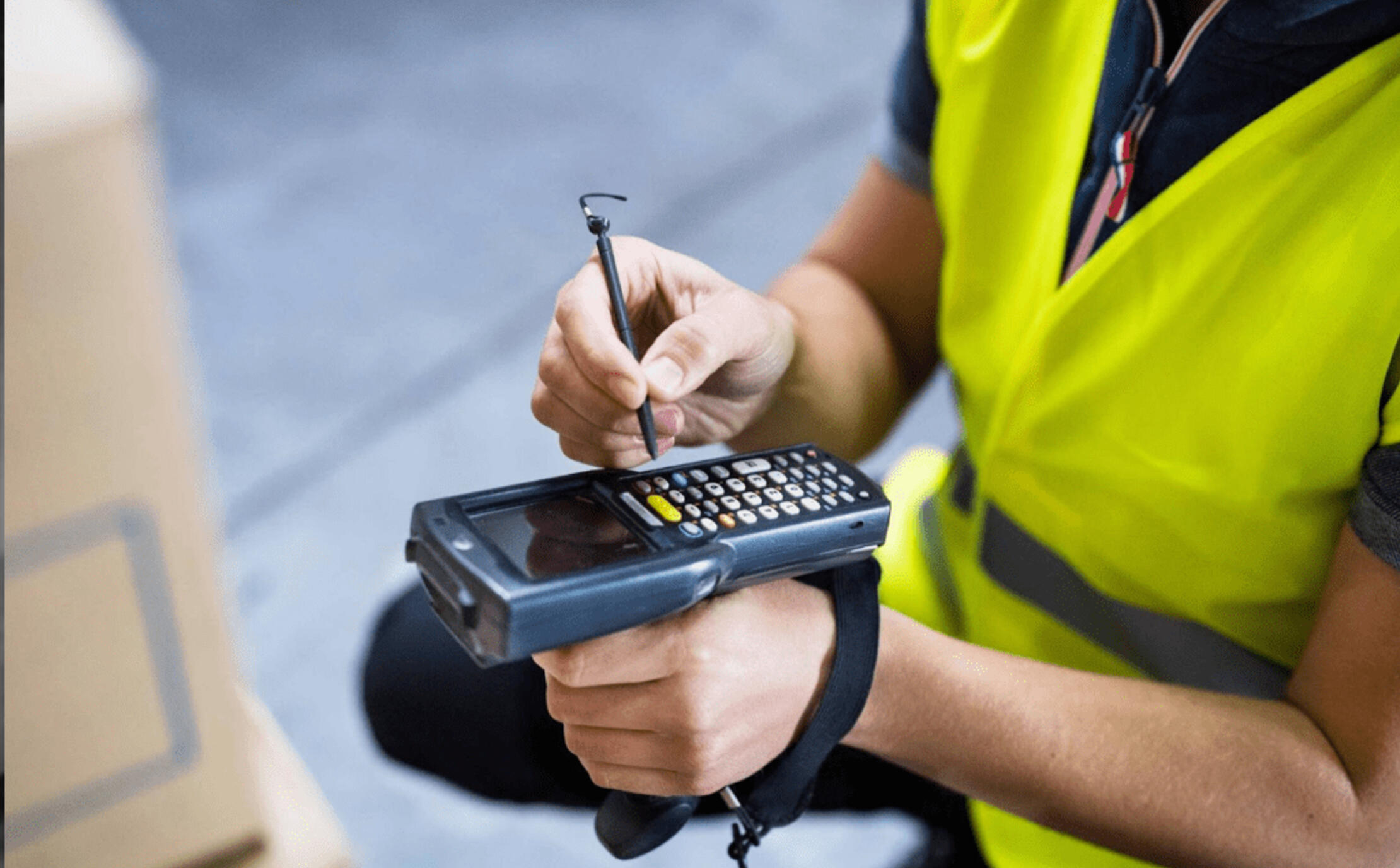Product Designer
Each case study reflects my design approach when solving user needs that align with experience, expectations and business opportunities to create a meaningful and lasting UX.With UI design becoming more automated with AI, my designs focus on formless design experience first and interface for devices second. Which has the potential to create innovative shifts or a significant amount of untapped revenue.
Case Study 1: Apple Vision Pro
– Redefining Spatial - Reality
In this study, I explored how Apple Vision Pro could revolutionise user interaction through Spatial Memory Triggers—a concept I developed to move beyond traditional app-based interfaces. I aimed to enable users to associate digital tasks with physical objects in their environment, creating a seamless integration between the real and digital worlds.For example, an interaction where users could link a yoga mat to a fitness app, a clock to their calendar, a user that suffers from memory decline, a cupboard to medicine reminders, or retrieve specific tasks based on their location.This approach allows users to experience a more intuitive, personalized, and context-aware interface for the future.
Case Study 2: UberEats
Smart Design for Multiple Orders
In June 2021, I developed a concept designed to enhance the user experience and drive revenue for UberEats by allowing multiple orders to be delivered by a single driver. Extensive research, including netnography and user feedback, aided my designs.While UberEats officially introduced a similar 'multi-store ordering' feature in late 2022, I later discovered DoorDash had launched DoubleDash in August 2021, a similar feature which contributed to their improved customer engagement and revenue growth.I further refined my design by exploring ordering options from more restricted platforms, like the Apple Watch.
Case Study 3: RF Scanner Redesign

Better UX for warehouse Operations
This case study focuses on the redesign of the RF (Radio Frequency) scanner interface used in warehouse operations. By employing a research-driven approach, I identified several UX and UI issues that were affecting productivity. Through user interviews, direct observations, and a design-thinking methodology, I developed a solution that streamlined the interface and significantly improved usability, ultimately increasing operational efficiency for warehouse operatives.
Case Study 4: Human connection through Ai LLM
Social LLM
In this article, I explored how introducing a maze-like social element to LLM platforms could turn Q&A sessions into dynamic hubs for connection and collaboration. By using prompting questions as "keys," users unlock private chats, where an AI agent matches them with others based on shared topics or emotional contexts.For instance, a skateboarder who just moved from Brazil to South London wanted to know the best skate park in the area and local competition events, unlocks a group chat. Similarly, a nurse dealing with the stress of divorce and ADHD seeking advice from an LLM also unlocks a chat to connect with others worldwide.This process leverages AI’s ability to analyze questions, identify patterns, and create meaningful connections, turning LLMs into facilitators of human interaction and shared discovery.
Design for human emotions
My life's work has been focused on creating an innovative transformation with digital communication. These are where my most significant work and designs lie.
-
Below is my earliest interpretation of product design which I still believe is true today.





